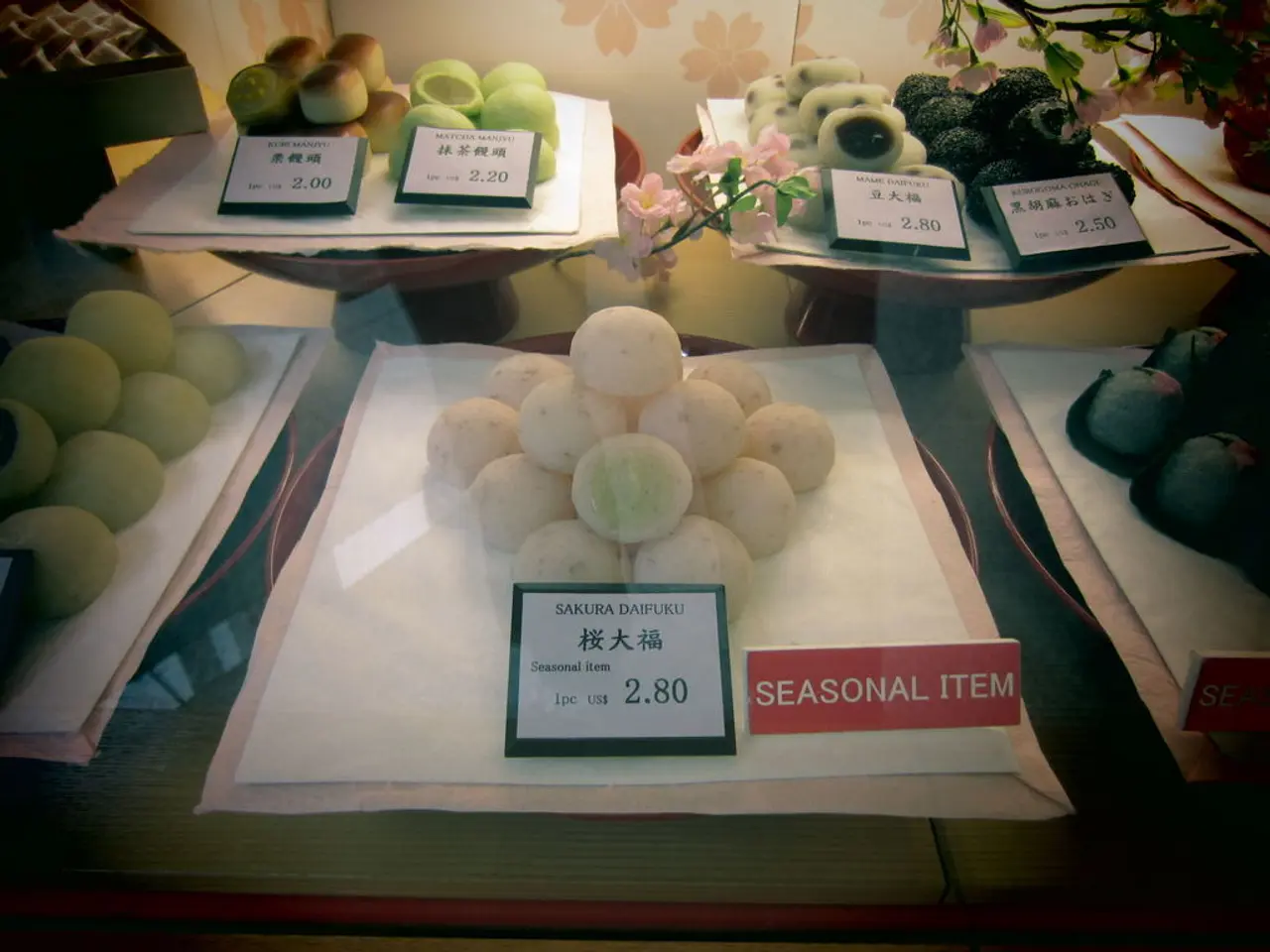Differentiating between a shift in demand and a change in quantity demanded:
In the world of economics, understanding the factors that influence demand for goods and services is crucial. Here are some key aspects that economists consider when analysing demand patterns.
Firstly, let's discuss the relationship between price and demand. Luxury goods are more responsive to price changes than necessities. Economists categorise normal goods into two categories: luxury goods, which have an income elasticity of more than 1, and necessities, which have an elasticity of more than 0 but less than 1.
However, consumer preferences and tastes can also significantly impact demand. For instance, the increasing popularity of organic foods causes their demand to increase, regardless of the price change.
Now, let's delve into the six main non-price determinants of demand.
- Consumer Income: When consumers' income increases, demand for normal goods rises (e.g., more demand for electronics), while demand for inferior goods may fall (e.g., instant noodles). Conversely, a fall in income reduces demand for normal goods.
- Tastes and Preferences: Changes in consumer preferences driven by trends, advertising, or lifestyle shifts affect demand. For example, the rising popularity of plant-based foods has increased their demand without a change in price.
- Price of Related Goods: This includes substitutes and complements. An increase in the price of a substitute raises demand for the given good, while an increase in the price of a complement lowers demand.
- Future Price Expectations: If consumers expect prices to rise, they may increase current demand, and vice versa. For example, anticipation of a price hike on smartphones can boost immediate demand.
- Population or Market Size: A larger population or an expanding target market increases demand for goods. For instance, urbanization may increase demand for ready-to-eat food products.
- Seasonal Factors and Weather: Changes in weather can increase demand for related goods, such as raincoats during rainy seasons or warm clothing in winter, independent of price changes.
These factors cause shifts in the demand curve as they influence demand at every price level, unlike price changes which move quantity demanded along the same curve.
Moreover, changes in demand can be influenced by changes in the prices of substitute goods (such as coffee) or complementary goods (such as sugar). If there are few available substitutes for a good, consumers are less sensitive to price changes because they are difficult to find.
In a product life cycle, the demand curve shifts to the right during the growth stage as more new consumers enter the market, and it shifts to the left during the decline stage as consumers find a better substitute and turn to it, reducing the number of consumers.
In conclusion, understanding the factors that influence demand is essential in predicting consumer behaviour and making informed business decisions. By considering price, income, tastes and preferences, related goods' prices, future price expectations, population or market size, seasonal factors, and weather, businesses can better anticipate demand patterns and adjust their strategies accordingly.
- In the realm of investing and finance, businesses can use insights about consumer income, tastes and preferences, and related goods' prices to make strategic decisions that impact their demand levels and sales.
- By understanding how factors such as future price expectations, population or market size, and seasonal factors and weather can influence demand, businesses can effectively predict consumer behavior and optimize their investment strategies.




